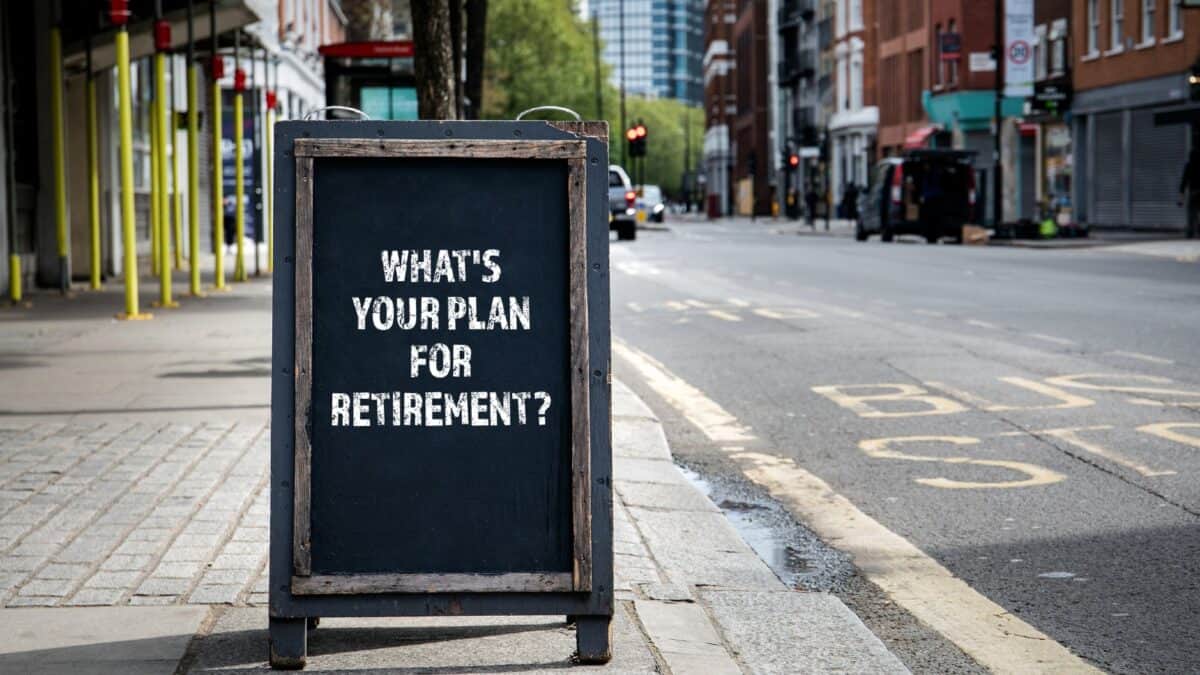Although retirement is over a decade away for me, I’m still going flat out to generate a passive income from investing in FTSE 100 dividend shares. Now looks like a brilliant time to buy them, as valuations are at a low ebb, while yields are ultra-high.
A little planning never goes amiss, and I’ve drawn up a three-step programme to help max out my passive income potential.
Step one is to find the best dividend income shares and buy them. This is my favourite bit. I love trawling the market for top income stocks, and I love buying them, too, and seeing how they perform.
Should you invest £1,000 in Macfarlane Group Plc right now?
When investing expert Mark Rogers has a stock tip, it can pay to listen. After all, the flagship Motley Fool Share Advisor newsletter he has run for nearly a decade has provided thousands of paying members with top stock recommendations from the UK and US markets. And right now, Mark thinks there are 6 standout stocks that investors should consider buying. Want to see if Macfarlane Group Plc made the list?
Taking it step by step
FTSE 100 performance has been underwhelming lately, but the index looks full of exciting high-income opportunities as a result.
In the last three or four months I’ve bought the following five high-income stocks: Lloyds Banking Group, Taylor Wimpey, Legal & General Group, fund manager M&G and Glencore. My table shows how high their dividend yields are, and how low their price-earnings (P/E) valuations are.
| Glencore | L&G | Lloyds | M&G | Taylor Wimpey | |
| Yield | 7.93% | 8.51% | 5.67% | 9.65% | 7.45% |
| P/E | 4.03 | 5.9 | 5.8 | -3.1 | 6.7 |
This strategy isn’t without risks. Few of these companies have delivered much share price growth lately, which is why they’re cheap. I hope they’ll shake a leg once interest rates fall and markets recover, but there are no guarantees.
These fabulous five deliver an average yield of 7.84%. I’d expect that to rise over time, as management increases those dividends. Even if their share prices don’t grow much, the income should keep ticking over. If I invested the equivalent of a full £20,000 Stocks and Shares ISA allowance in these five, I’d get a blockbuster income of £1,568 in year one.
Step two is to keep buying, keep re-investing. As I’m still working, I won’t draw a penny of those dividends as income today. Instead, I will automatically reinvest them straight back into my holdings.
Invest and reinvest
I’m not done with buying stocks. Far from it. The moment I have more money at my disposal, I’ll top up my income portfolio. I don’t want to miss this year’s Santa rally, if we’re lucky enough to get one.
While the global economy is set to struggle, markets could get a further boost when interest rates start falling next year. I want to be fully invested ahead of that.
Step three is to stick to the plan and give it time. Let’s say my portfolio of five stocks delivers a total return of 7% a year over time (I’m hoping for more, but who knows?).
After 15 years, it should be worth £55,181. If it still yields 7.84% it’ll give me income of £4,326 a year. That’s not a bad return, from an initial £20k investment. Even if inflation has eroded its spending power in today’s terms.
There are huge variables involved in this type of calculation, naturally. However, I won’t be relying on one year’s investment to build a portfolio. I’ve been investing for years and will continue to do so all the way to retirement. That way my passive income could grow to a lot more than £4,326 a year.








